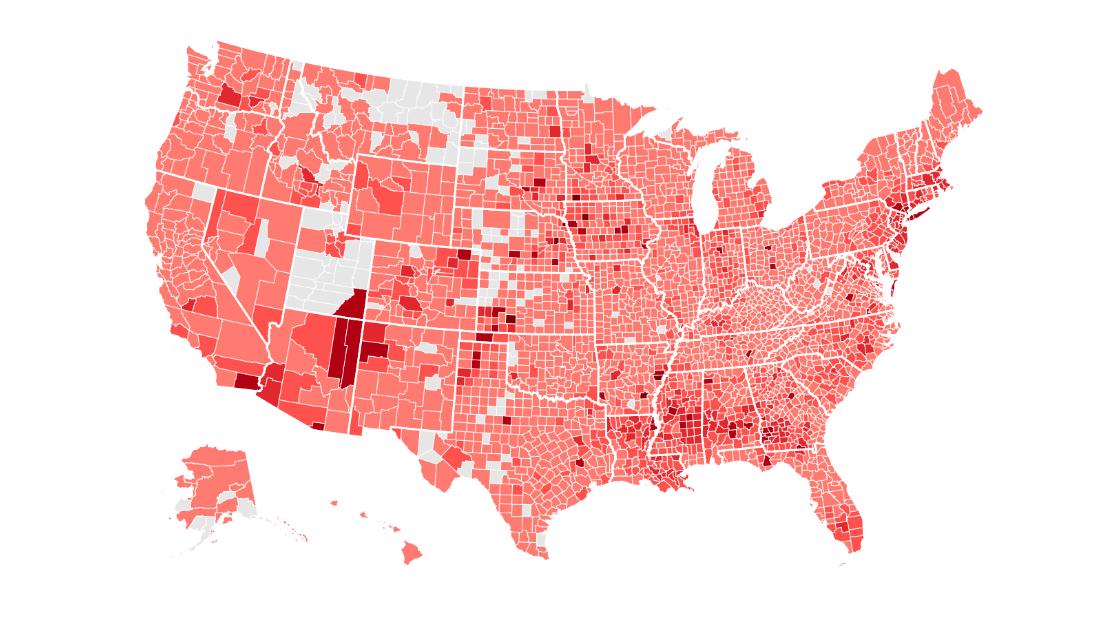
| Current COVID-19 Statistics | | With the constant flux of the pandemic, keeping track of COVID-19 statistics is essential. As of October 2024, the numbers reveal both challenges and progress. |
| National Case Trends | | The current trend shows a slight uptick in cases compared to last month. Health experts are closely monitoring these numbers to prevent any potential spikes. In many areas, daily new cases have seen fluctuations, often correlating with increased testing and the emergence of new variants. |
| Vaccination Rates | | Vaccination efforts have made significant strides. As of now, approximately 80% of the eligible population has received at least one dose, while 65% are fully vaccinated. This is encouraging, but there’s still work to do, especially among younger demographics. |
| Hospitalization and Recovery Rates | | Hospitalization rates are stable, with most patients experiencing mild symptoms. Recovery rates remain high, which is a positive sign. Medical facilities are better equipped now than in earlier waves, contributing to these encouraging outcomes. |
| Variants of Concern | | Overview of Current Variants | | Variants continue to emerge, but the current dominant strain is a subvariant of Omicron. While these variants tend to spread more easily, nmweek.com and natural immunity have helped keep severe cases down. |
| Impact on Public Health | | The rise of new variants often raises concerns about vaccine efficacy. However, studies indicate that current vaccines provide substantial protection, especially against severe illness and hospitalization. |
| Government Response and Policies | | New Guidelines and Recommendations | | In response to the changing landscape, the CDC has updated its guidelines, recommending mask-wearing in crowded indoor settings, particularly in areas experiencing high transmission rates. |
| Travel Restrictions | | Travel restrictions remain a hot topic. The government has imposed selective travel bans for regions with high infection rates. International travel guidelines are still evolving, so it’s wise to stay informed before making any plans. |
| Vaccination Efforts | | Booster Shots | | Booster shots have become a critical component of the vaccination strategy. The FDA has authorized updated boosters targeting the most prevalent variants, providing a significant boost to immunity. |
| Incentives for Vaccination | | To encourage more people to get vaccinated, various states have introduced incentives, ranging from cash bonuses to free event tickets. These strategies have shown some success, especially in communities with lower vaccination rates. |
| Public Sentiment and Behavior | | Vaccine Hesitancy | | Despite widespread availability, vaccine hesitancy persists, fueled by misinformation and skepticism. Addressing these concerns is vital for improving vaccination rates. Community outreach and education play crucial roles in combating these challenges. |
| Changing Social Norms | | As people adapt to the pandemic’s ongoing nature, social norms are shifting. Many have adopted a more cautious approach in public spaces, even as restrictions ease. This evolving attitude reflects a deeper understanding of the virus and its implications. |
| Looking Ahead: Future Projections | | Expert Opinions | | Experts remain cautiously optimistic about the future. With the ongoing vaccination campaign and improved treatments, we may see a gradual return to pre-pandemic normalcy, albeit with ongoing vigilance. |
| Potential Scenarios | | Some projections suggest that COVID-19 might become endemic, similar to the flu, leading to seasonal outbreaks. Continuous monitoring and adaptation of strategies will be essential in this scenario. |
| Conclusion | | Staying informed about COVID-19 is more important than ever. By understanding current statistics, government responses, and public sentiment, we can better navigate the complexities of this pandemic. Remember, knowledge is power—staying educated helps keep us all safe. |



